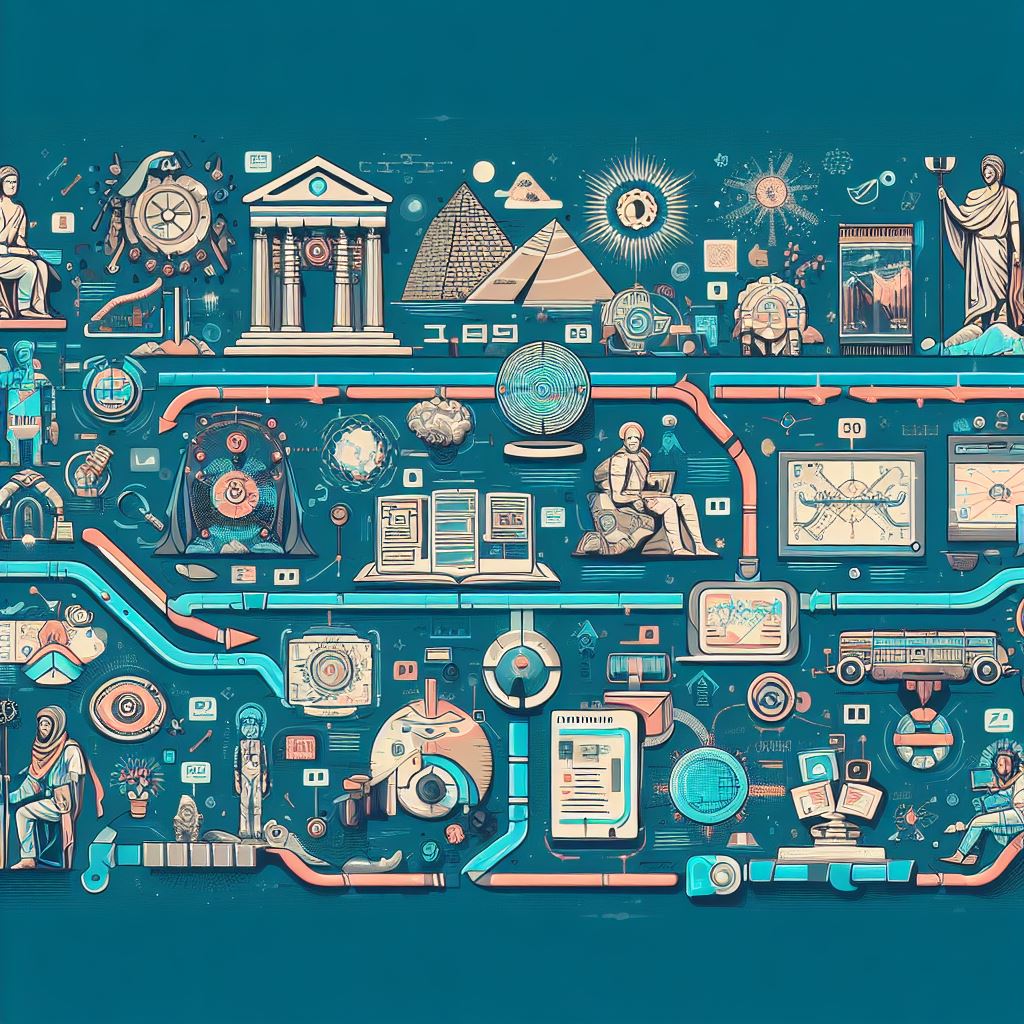
History of Machine and Deep Learning
Machine learning and deep learning are subfields of artificial intelligence (AI) that have seen significant development over the years. Here is an overview of the history of machine learning and deep learning:
Machine Learning:
-
1940s-1950s: The origins of machine learning can be traced back to the work of pioneers like Alan Turing, who introduced the concept of a “learning machine.” The term “machine learning” was coined by Arthur Samuel in 1959, who defined it as the field of study that gives computers the ability to learn without being explicitly programmed.
-
1960s-1970s: During this period, machine learning research focused on symbolic and rule-based AI systems. Some early efforts, like the Dendral system for chemical analysis, showcased the ability of computers to reason and make decisions based on symbolic knowledge.
-
1980s-1990s: Machine learning algorithms, particularly in the form of decision trees and neural networks, gained more prominence. Expert systems and rule-based approaches remained popular for knowledge representation and problem-solving.
-
2000s: The field of machine learning began to experience a resurgence. Researchers started developing algorithms for supervised learning, unsupervised learning, and reinforcement learning. Popular techniques like support vector machines (SVM) and random forests emerged during this period.
Deep Learning:
-
1940s-1950s: The foundations of deep learning were laid with the development of artificial neural networks (ANNs), inspired by the structure of the human brain. However, during this era, due to computational limitations and a lack of understanding of training deep networks, progress in deep learning was limited.
-
1980s-1990s: A renewed interest in neural networks, particularly backpropagation, emerged during this period. However, challenges in training deep networks with many layers (vanishing gradients) hindered their widespread use.
-
2000s: The emergence of powerful graphics processing units (GPUs) and the availability of large datasets contributed to the resurgence of deep learning. Notable breakthroughs included convolutional neural networks (CNNs) for image recognition and recurrent neural networks (RNNs) for sequential data.
-
2010s: The 2010s marked a golden era for deep learning. Deep neural networks achieved remarkable performance in various applications, such as image classification, speech recognition, and natural language processing. Key developments included the advent of deep learning frameworks like TensorFlow and PyTorch.
-
2020s: Deep learning continued to advance, with the development of more complex architectures like transformers, which revolutionized natural language processing. Reinforcement learning also made significant progress, with applications in robotics, gaming, and autonomous systems.
The history of machine learning and deep learning is characterized by periods of advancement, stagnation, and resurgence. Recent years have witnessed breakthroughs in deep learning, making it a central component of AI applications in various domains. As technology, data availability, and research continue to evolve, the future of machine learning and deep learning looks promising, with the potential to revolutionize industries and solve complex problems.